Upgrading works in the Cantabrian yew woods of Burgos are making good progress
06-08-2019
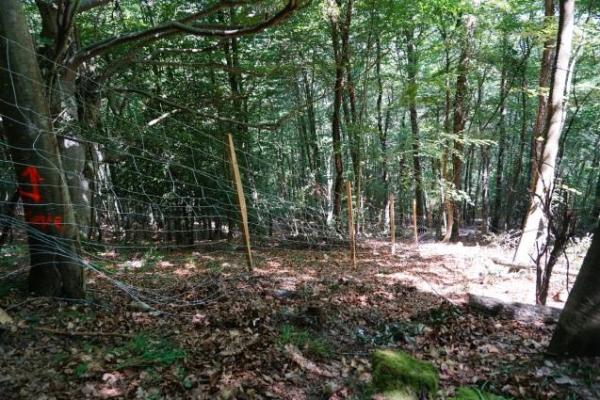
Burgos bears a great potential for the yew habitat (HIC 9580*) given its biophysical, biogeographic and ecological conditions and the large number of yew woods found in and out of the Special Conservation Areas (SPAs) confirms that.
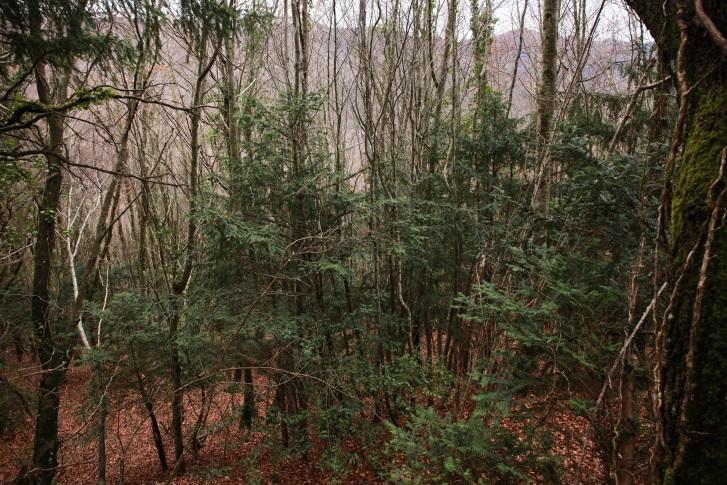 The matrix holding these yew woods is so vast that others species are growing in it, e.g. beech forests, oak forests, Scot and resinous-type pinewoods, gall-oak forests, holm-oak forests etc. All of them are enhanced by the participation of an ample range of species of different lithological characteristics and influenced by different climatic conditions that range from a more Atlantic regime to the sub-Mediterranean regimes which the Ebro River Canyon contributes.
The matrix holding these yew woods is so vast that others species are growing in it, e.g. beech forests, oak forests, Scot and resinous-type pinewoods, gall-oak forests, holm-oak forests etc. All of them are enhanced by the participation of an ample range of species of different lithological characteristics and influenced by different climatic conditions that range from a more Atlantic regime to the sub-Mediterranean regimes which the Ebro River Canyon contributes.
The yew wood cluster situated in the north-east end of the province features a smooth relief and a significantly lower elevation compared to the rest of the Cantabrian yew woods in Castilla y León (ranging from 676 to 439 m above sea level). In this area and more particularly in the SPA so-called ‛Bosques del Valle de Mena’ (ES4120049), three stamps were characterized in the framework of LIFE BACCATA. It was agreed to intervene in the stamp so-called ‛Sarón’, located in a town named Arceo.
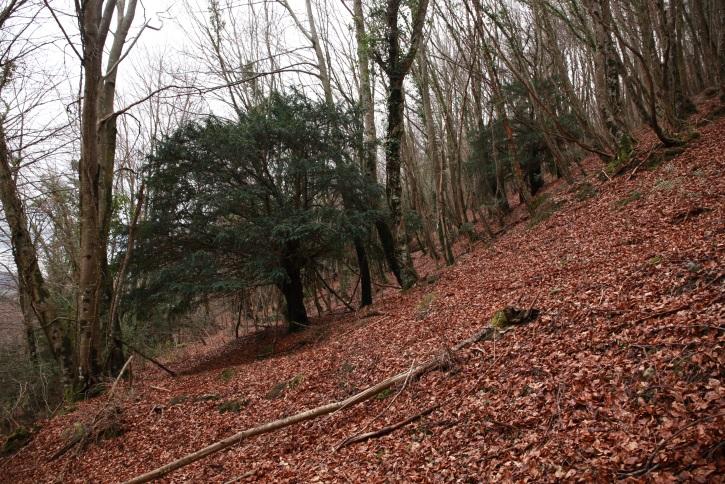 The Sarón yew forest is under a very thick beech tree canopy. Actually the yew tree cover makes up the lower stratum. The beech tree forest is so thick that in several areas yew trees chocked and died. To provide additional space to some yew trees, the Regional Government in Environmental Affairs asked to girdle those beech trees that were growing on top of the said feet.
The Sarón yew forest is under a very thick beech tree canopy. Actually the yew tree cover makes up the lower stratum. The beech tree forest is so thick that in several areas yew trees chocked and died. To provide additional space to some yew trees, the Regional Government in Environmental Affairs asked to girdle those beech trees that were growing on top of the said feet.
Another problem that hinders yew proliferation is herbivores’ pressure on its regeneration. Nowadays such pressure is not as obvious as it was some years ago because in 2007 a fence (about 1.22m high) was installed to protect the yew tree forest from domestic livestock. It was successful. Even so, recently it is possible to see some small yew trees with signs of herbivores’ bites, mainly roe deer and deer. The fence worked efficiently on livestock but not on these wild herbivores because they can jump over it rather easily (especially deer). Furthermore, in some areas the fence is leaning due to the creeping terrain or because trunks push it down which enable their entry.
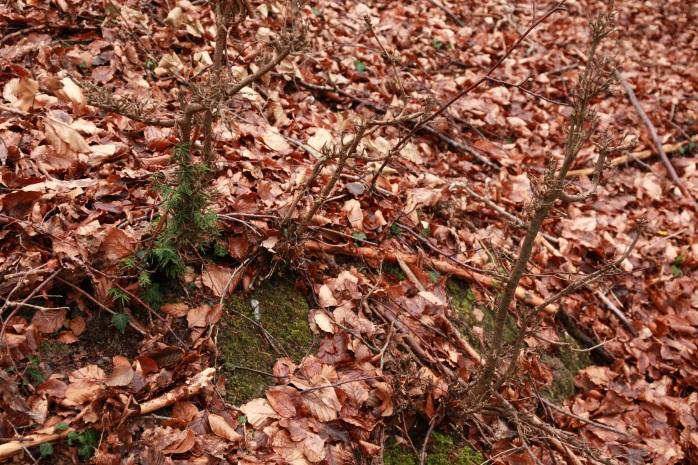
Aimed at protecting the yew regeneration from wild herbivores, a proposal was made in the framework of LIFE BACCATA Project that involves the replacement of the current fence with a hunting fence using stakes of 2.5m high and a mesh of 2.0 m.
To avoid producing any debris and to use up the current mesh that is well grounded, the new fence was installed to intermingle with the existing one. Meanwhile the existing stakes were reinforced and those for the new fence were installed among the existing ones. The current mesh will be raised up to 2.0 m, the target height. This new fence will prevent the access to deer which can be considered the main browser on regeneration. Fence installation work first started in mid-June and likely it will be completed by early July.
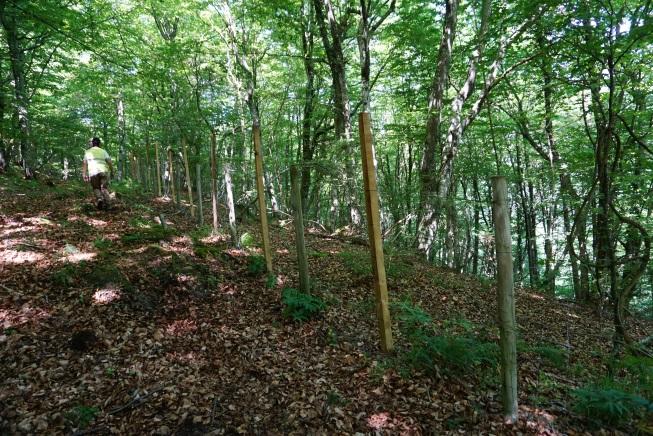
 The matrix holding these yew woods is so vast that others species are growing in it, e.g. beech forests, oak forests, Scot and resinous-type pinewoods, gall-oak forests, holm-oak forests etc. All of them are enhanced by the participation of an ample range of species of different lithological characteristics and influenced by different climatic conditions that range from a more Atlantic regime to the sub-Mediterranean regimes which the Ebro River Canyon contributes.
The matrix holding these yew woods is so vast that others species are growing in it, e.g. beech forests, oak forests, Scot and resinous-type pinewoods, gall-oak forests, holm-oak forests etc. All of them are enhanced by the participation of an ample range of species of different lithological characteristics and influenced by different climatic conditions that range from a more Atlantic regime to the sub-Mediterranean regimes which the Ebro River Canyon contributes. The yew wood cluster situated in the north-east end of the province features a smooth relief and a significantly lower elevation compared to the rest of the Cantabrian yew woods in Castilla y León (ranging from 676 to 439 m above sea level). In this area and more particularly in the SPA so-called ‛Bosques del Valle de Mena’ (ES4120049), three stamps were characterized in the framework of LIFE BACCATA. It was agreed to intervene in the stamp so-called ‛Sarón’, located in a town named Arceo.
 The Sarón yew forest is under a very thick beech tree canopy. Actually the yew tree cover makes up the lower stratum. The beech tree forest is so thick that in several areas yew trees chocked and died. To provide additional space to some yew trees, the Regional Government in Environmental Affairs asked to girdle those beech trees that were growing on top of the said feet.
The Sarón yew forest is under a very thick beech tree canopy. Actually the yew tree cover makes up the lower stratum. The beech tree forest is so thick that in several areas yew trees chocked and died. To provide additional space to some yew trees, the Regional Government in Environmental Affairs asked to girdle those beech trees that were growing on top of the said feet.Another problem that hinders yew proliferation is herbivores’ pressure on its regeneration. Nowadays such pressure is not as obvious as it was some years ago because in 2007 a fence (about 1.22m high) was installed to protect the yew tree forest from domestic livestock. It was successful. Even so, recently it is possible to see some small yew trees with signs of herbivores’ bites, mainly roe deer and deer. The fence worked efficiently on livestock but not on these wild herbivores because they can jump over it rather easily (especially deer). Furthermore, in some areas the fence is leaning due to the creeping terrain or because trunks push it down which enable their entry.

Aimed at protecting the yew regeneration from wild herbivores, a proposal was made in the framework of LIFE BACCATA Project that involves the replacement of the current fence with a hunting fence using stakes of 2.5m high and a mesh of 2.0 m.
To avoid producing any debris and to use up the current mesh that is well grounded, the new fence was installed to intermingle with the existing one. Meanwhile the existing stakes were reinforced and those for the new fence were installed among the existing ones. The current mesh will be raised up to 2.0 m, the target height. This new fence will prevent the access to deer which can be considered the main browser on regeneration. Fence installation work first started in mid-June and likely it will be completed by early July.




